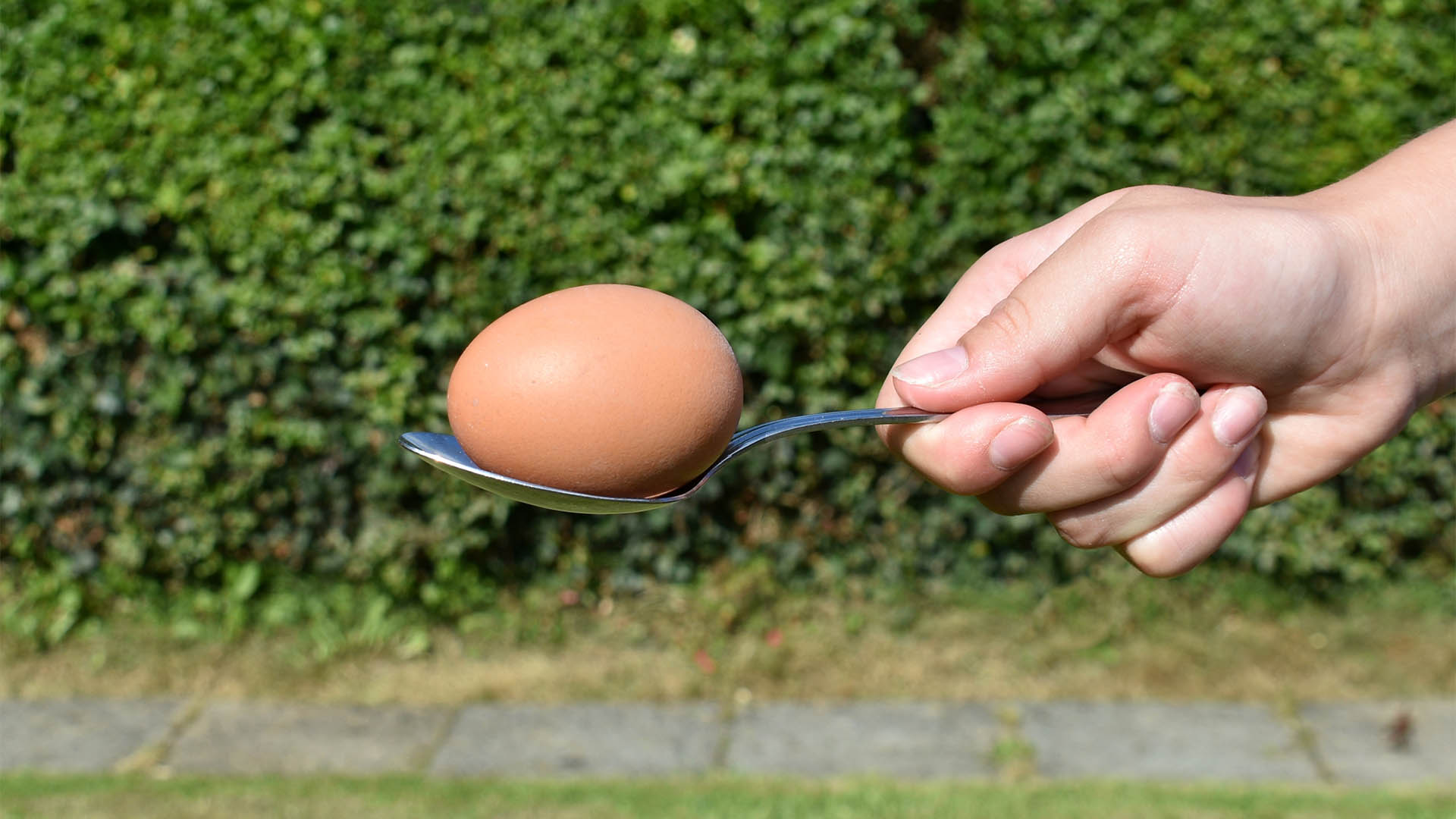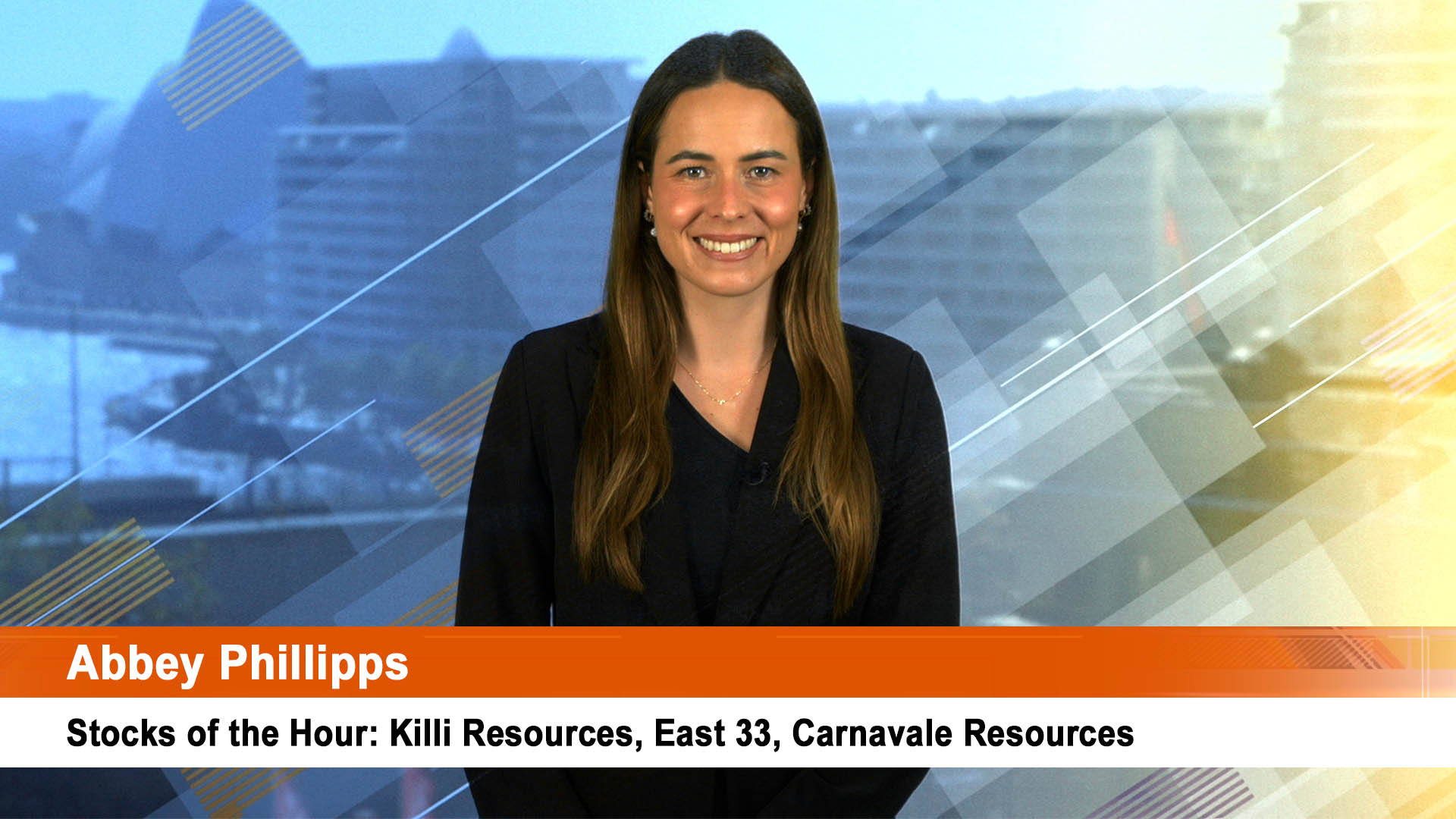September is turning out to be a rough month for the economy. The mixed nature of official statistics suggests that economic activity ended the quarter on a sluggish note, suggesting that the national accounts for the three months could be weaker than some forecasters have thought.
Retail sales remained static in the month, after no growth in the preceding two months, property prices came off around the country as investor lending slowed and auction clearance rates started narrowing (and falling in October.
The trade account was better than expected, but there are question marks about last month, car sales were solid, inflation was weaker than expected in the quarter, even though prices for energy (gas and electricity) health and petrol rose.
Jobs growth was solid in September with 371,000 new positions created in the year to September
And building approvals surprised on the upside with a stronger than forecast rise in both private dwellings and non-private dwellings.
But yesterday we heard that home lending fell unexpectedly in September as both owner-occupiers and investors borrowed less – but there were a couple small positives from the data which showed clearly moves to curb investor home buying was working.
Home loans fell 2.3% month on month in September, according to the Australian Bureau of Statistics, compared to market forecast of a rise of 2%.
The value of loans dropped 3.6% month on month in September, after growth of 2.1% in August, as the value of loans to investors slipped 6.2% and borrowing by owner-occupied housing dropped 2.1%. But there were a couple of bright spots in the generally weak report – demand for new properties is rising strongly, as is demand from first home buyers (who are not being priced out of the market).
"The outlook for Aussie home building remains encouraging, supported by strong employment and population growth, increased government spending on infrastructure and a low and stable interest rate environment," CommSec senior economist Ryan Felsman said.
"The detail showed a broad based pull back with weakness in construction related approvals as well. By state, [Victoria] was the only major state to record a rise in owner occupier approvals.” “Overall, the updates bring the finance approvals data more into line with the clear slowing signal already evident from turnover, auction markets and prices,“ Westpac economist Matthew Hassan said in a note yesterday.
First home buyers accounted for 17.4% of all mortgages granted in the month, the largest proportion since November 2012, and was the seventh consecutive month of growth, suggesting that government moves to help them were still working.
Another positive result in Thursday’s figures was a 1.8% increase in the number of loans granted for new properties to 3206 in September.
Commonwealth Securities says this is a 38-year high.
“The outlook for Aussie home building remains encouraging, supported by strong employment and population growth, increased government spending on infrastructure and a low and stable interest rate environment," CommSec senior economist Ryan Felsman said yesterday.













